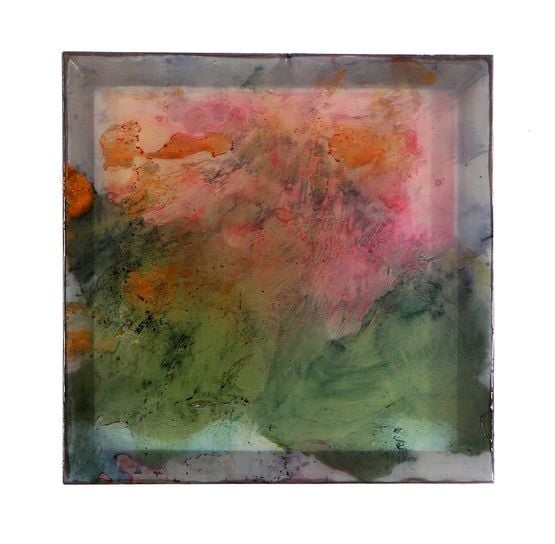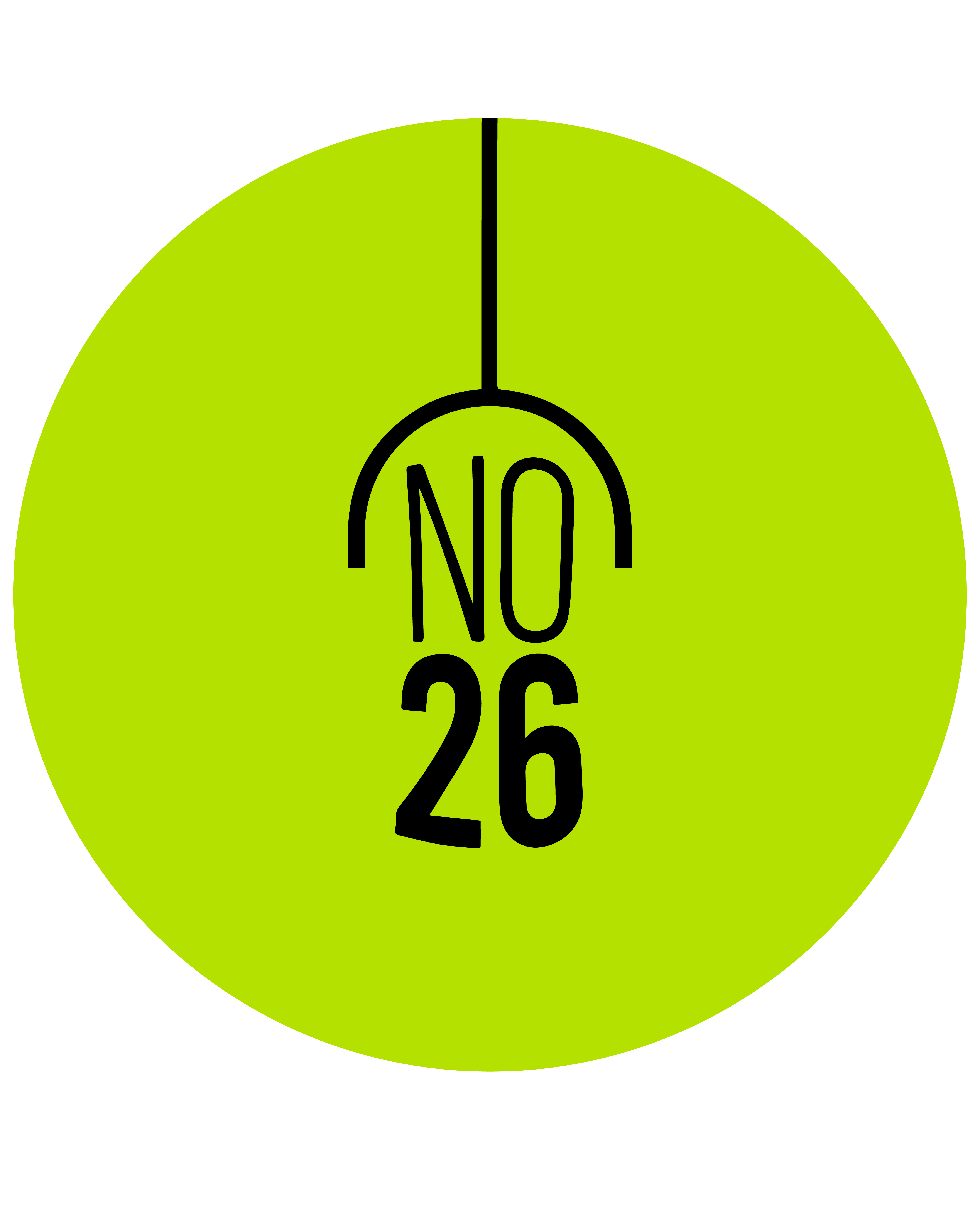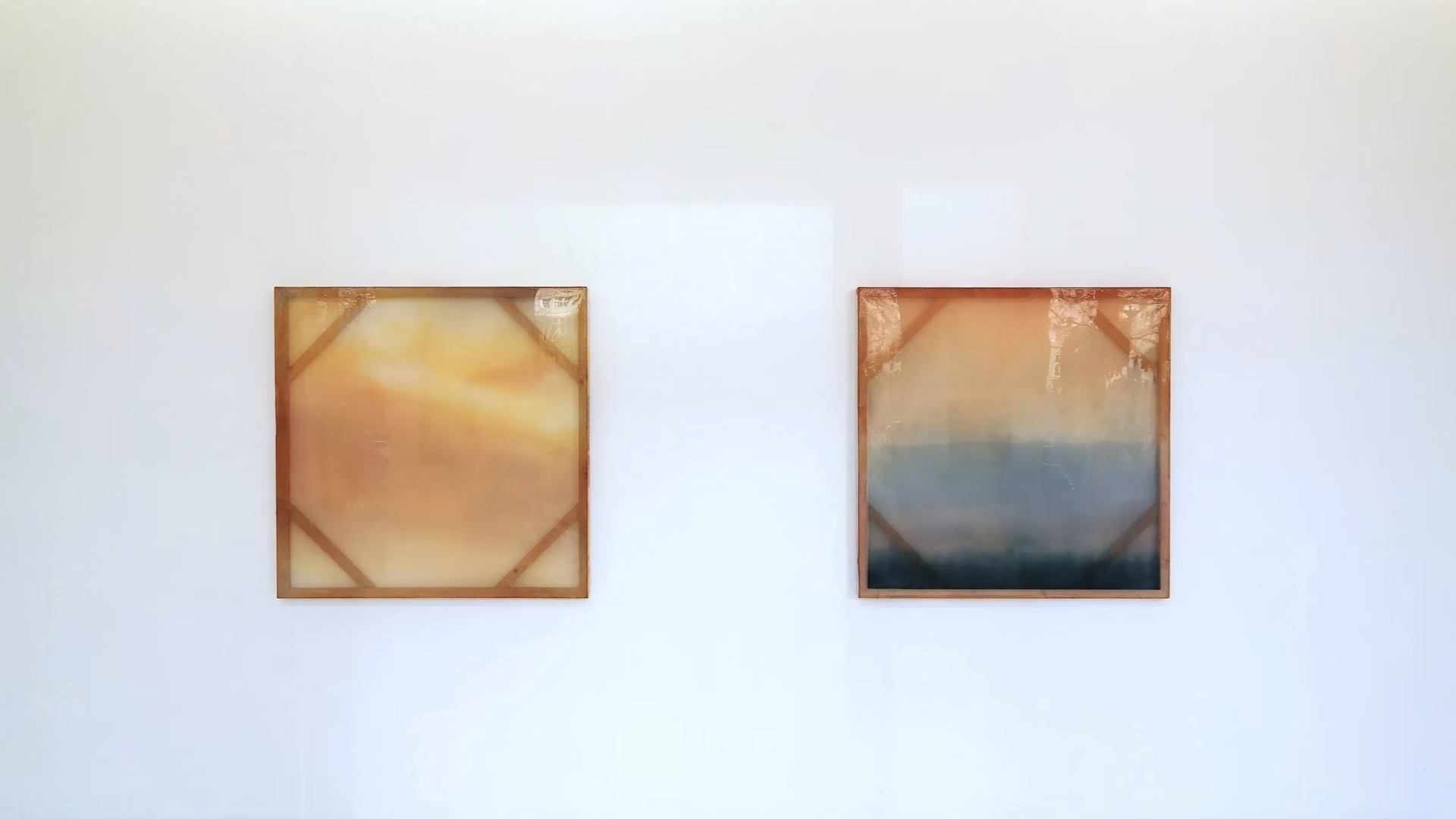Are windows merely barriers between inside and outside, or portals opening onto countless dimensions of time and space? New York-based artist Chris Watts transforms this architectural element into an archive in his second solo exhibition at Bode gallery, Chasing Shadows: Vol. 1, exploring how surface and sensory perception interact with architectural elements.
Watts’s multimedia works push the defining boundaries of painting. Though they resemble windows with their semi-transparencies and glass-like surfaces, these pieces open onto a far more complex world. The artist addresses themes of collective healing, radical visibility, memory, and the reimagining of sacred spaces. His art speaks of that “environment” just beyond the clarity of the mind—where the unseen becomes a realm of liberation.


The Story of Pigment and Black Radical Imagination
Watts’s practice is a continuous exploration of surface and sensory perception. The foundation of his works consists of silk or poly chiffon stretched over architectural constructions and coated with resin. The spiritual quality of the pieces emerges from the artist’s mixing of pigments gathered from around the world with attention to their cultural significance. These colors may come from New York streets or from a shaman in Peru; each serves as cosmological mediators carrying ancestral knowledge and rituals.
In his works, the artist pursues the question “Where are you really from?” while investigating social justice, healing, and the relationship between Black radical imagination and space/place for historically marginalized communities. By nurturing the dialogue between pigment, surface, and space, Watts reveals the living, responsive nature of his works beyond their formal qualities.
Unlike ordinary glass that can never tell its past, these windows gain a unique voice in Watts’s hands—narrating the past, presence, and the resistance of the invisible.
Exhibition Details
- Artist: Chris Watts
- Exhibition Title: Chasing Shadows: Vol. 1
- Venue: Bode, Berlin
- Dates: On view until 2 December 2025
- Note: The works combine the cultural histories of traditional and local pigments with contemporary art.














